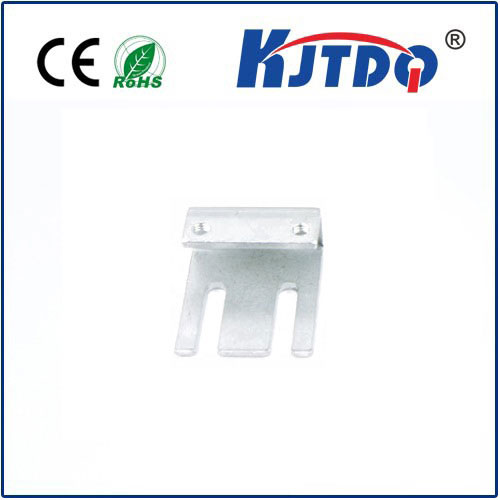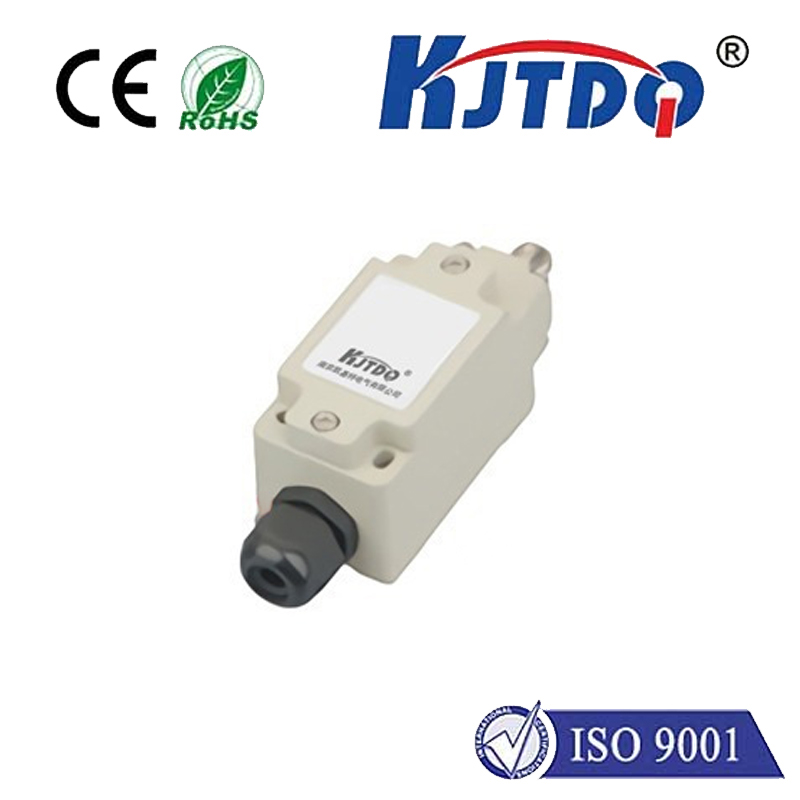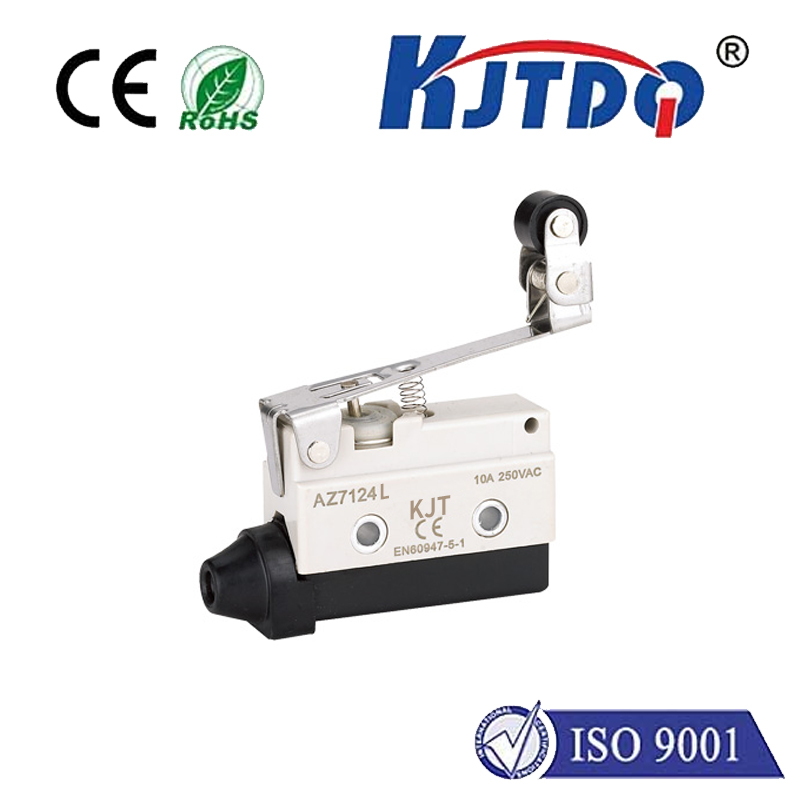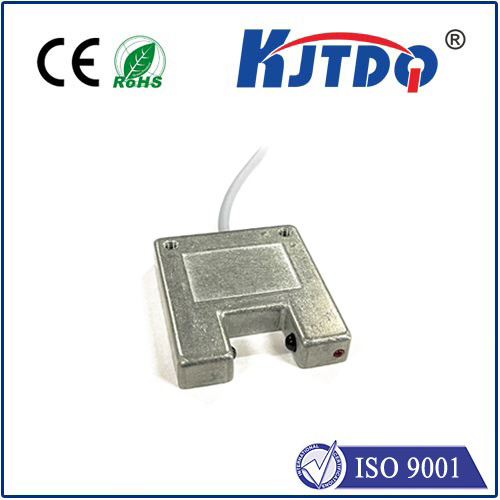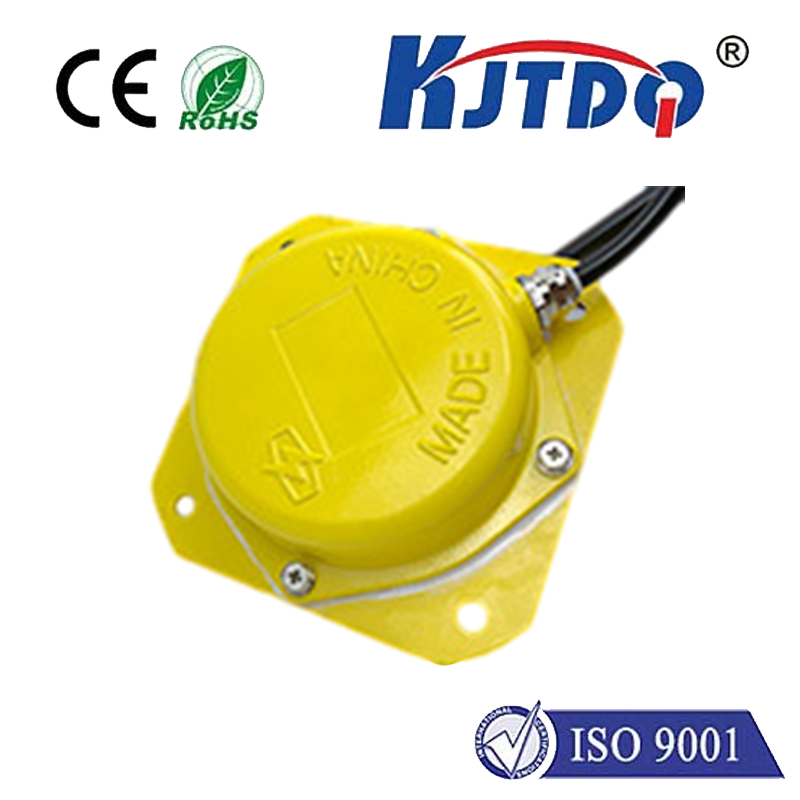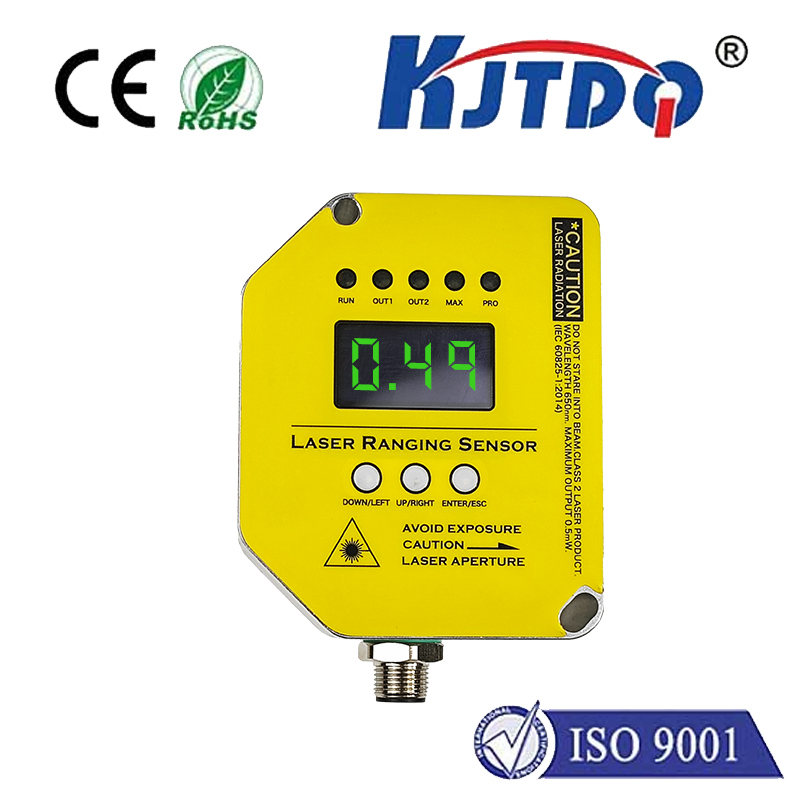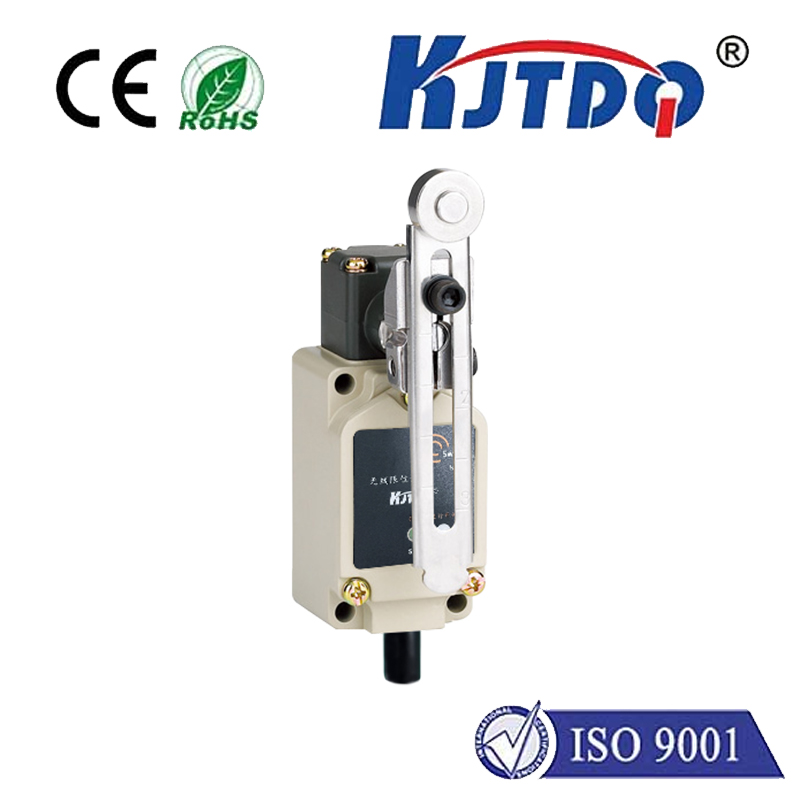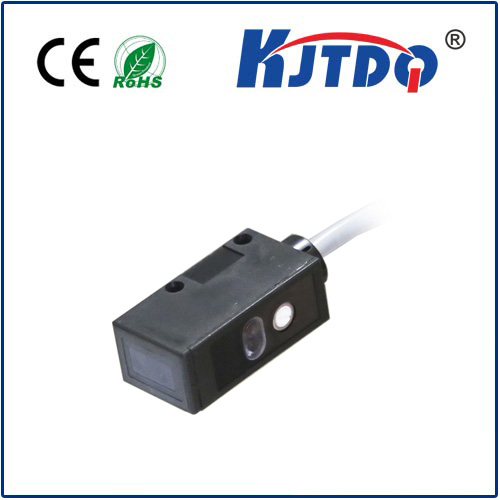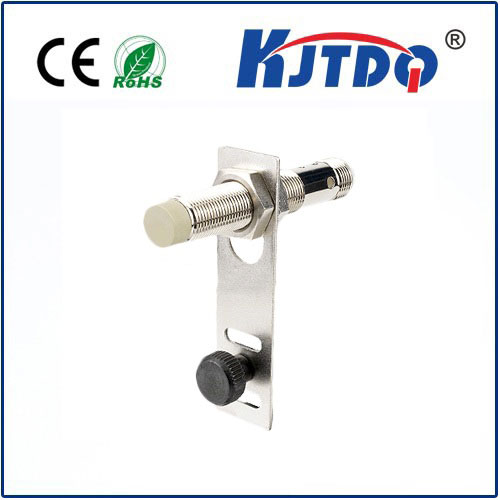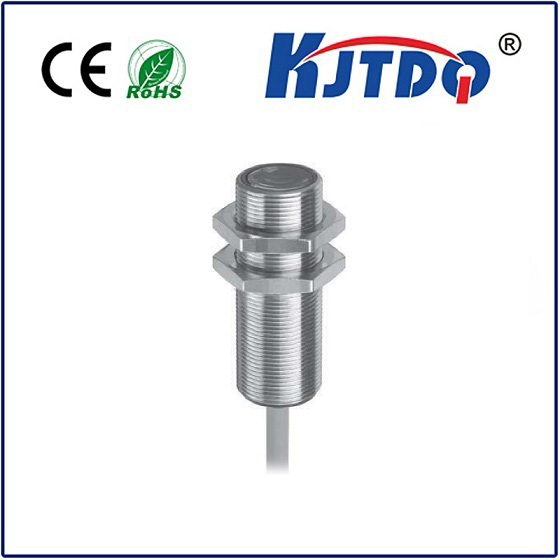
check

check

check

check
Title: Embracing Precision in the Modern World: The Evolution of High-Precision Distance Sensors
In a world where technology continues to advance at an unprecedented pace, precision is not merely a luxury; it has become an essential criterion for the success and reliability of numerous systems. One such technological advancement that exemplifies this pursuit of perfection is the evolution of high-precision distance sensors. These devices are revolutionizing industries by providing unparalleled accuracy, ushering in a new era where measurement mistakes are virtually non-existent.
The concept of a distance sensor is fundamentally simple yet profoundly impactful. It refers to a device that can detect and measure the distance between itself and an object without making physical contact. This non-contact method of measurement is critical in various applications where direct contact may be impractical or undesirable. As we delve into the realm of high precision, we find that these sensors have evolved to cater to demanding environments that require split-second decisions and exact measurements.

High-precision distance sensors operate on cutting-edge principles like ultrasonic waves, laser light reflection, or infrared radiation. Each mechanism offers distinct advantages, but their common goal is absolute precision. For instance, laser distance sensors can measure with an accuracy down to the micrometer level, making them invaluable in manufacturing processes where even the slightest deviation could render a product substandard.
Industrial automation is one field that has seen a monumental shift due to high-precision distance sensors. Robotic arms equipped with these sensors can perform complex tasks with incredible accuracy, from assembling tiny electronic components to positioning heavy materials in construction. They ensure efficiency and reduce errors, leading to significant cost savings and improved product quality.
High-precision sensors also play a pivotal role in transportation. Autonomous vehicles, for instance, heavily rely on accurate distance sensors to navigate safely. These sensors provide real-time data about the car's surroundings, enabling it to react appropriately to obstacles, thereby improving safety and performance.
In the medical sector, the use of high-precision distance sensors is transforming surgical procedures. Instruments equipped with these sensors offer surgeons improved control and precision during minimally invasive surgeries. The result is less trauma for patients and quicker recovery times.
Beyond these domains, high-precision distance sensors find applications in sports, where they track athletes' performances with exceptional accuracy, and in environmental monitoring, where they help in the precise measurement of geographical features and changes.
In conclusion, the development and integration of high-precision distance sensors mark a significant milestone in technology's relentless march toward perfection. Their ability to measure with extraordinary accuracy empowers industries to achieve previously impossible feats, setting benchmarks for performance and reliability. As we move forward, it is clear that these sensors will continue to shape the landscape of modern technology, ensuring that precision remains at the forefront of innovation.
